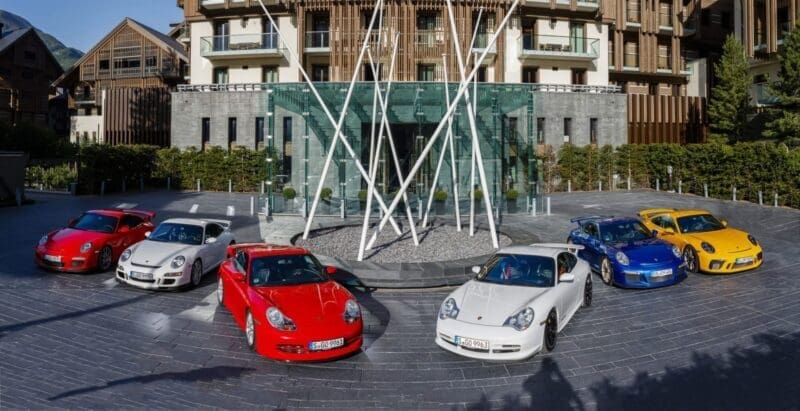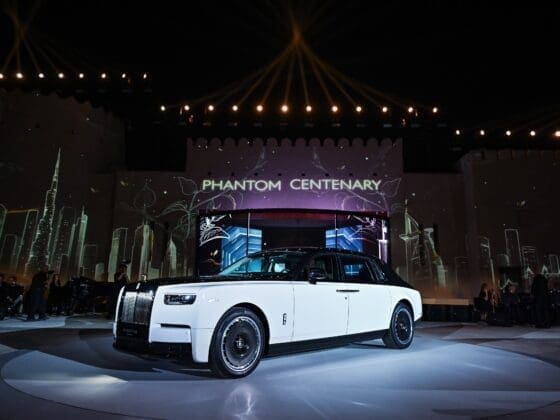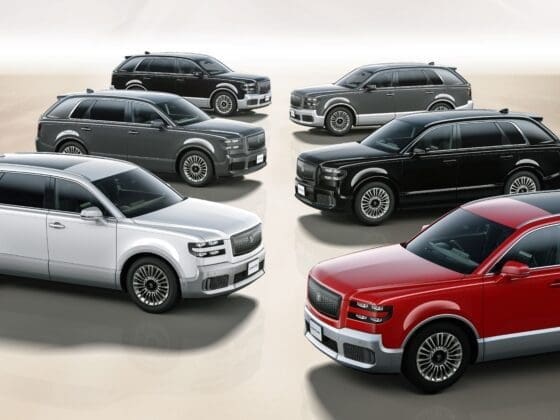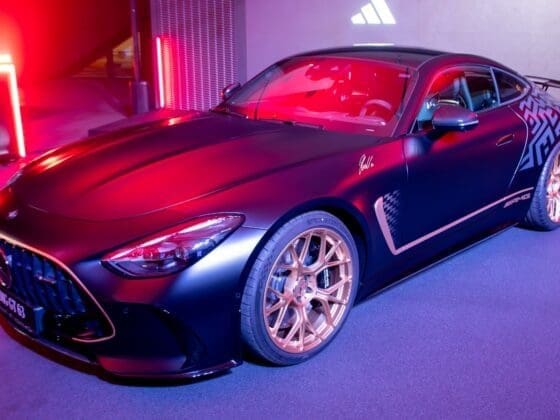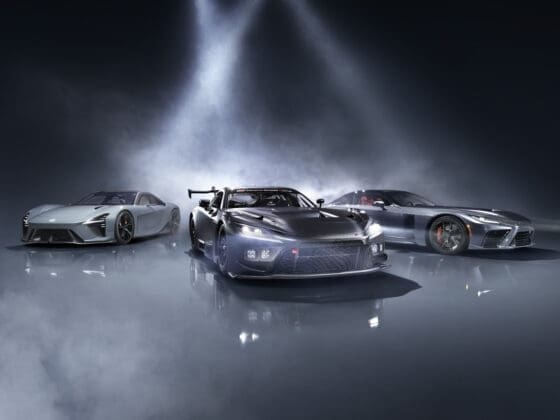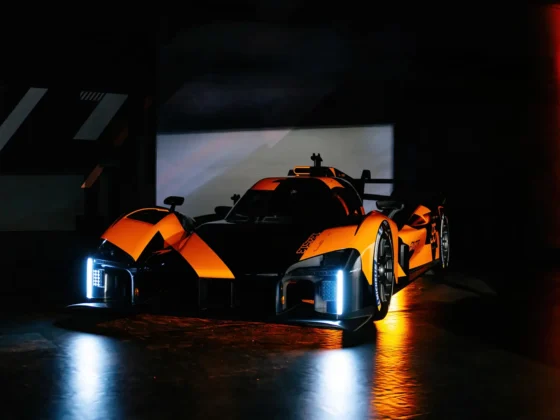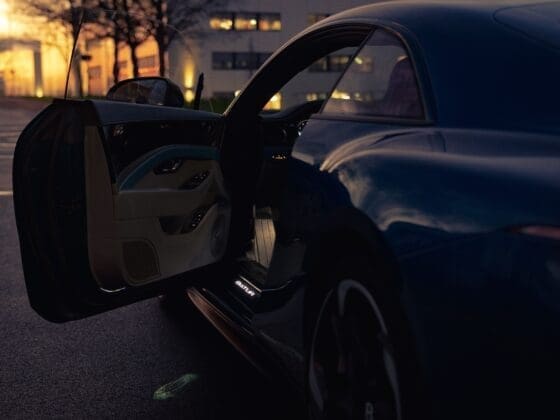Twenty years ago, two-time World Rally Champion Walter Röhrl, race engineer Roland Kussmaul and the Porsche Motorsport specialists from Weissach came together to give the world the first rendition of the Porsche 911 GT3 – a high-performance version of the 911 primarily intended for racing. Since then, this athlete has become faster, more precise and more dynamic with every successive generation as well as becoming the most popular 911 variant among purists. It brought racetrack agility to the road while remaining a track-day favourite. According to the brand, around 80 per cent of all 911 GT3 ever produced are regularly driven on racetracks across the globe.
First unveiled in March 1999, at the Geneva Motor Show, the GT3 embodies the ethos of Porsche Motorsport more than any other 911 variant. This is evidenced by the numerous class and overall victories accumulated by the race versions of the GT3.
Among the prestigious endurance events, it has won the 24-Hours Nürburgring no less than seven times – in 2000, 2006, 2007, 2008, 2009, 2011 and 2018; the Spa 24-Hours three times in 2003, 2010 and 2019; 24-Hours of Daytona in 2003; Petit Le Mans in 2015; Bathurst 12-Hour in 2019, as well as various VLN races at the Nürburgring.
One of the fundamental drivers of the GT3’s success is the fact that Porsche incorporates the innovations and experience gained from motorsport into the development of the road versions of the GT3, thus continuing the tradition that had started in the 1970s with the legendary 911 Carrera RS 2.7. However, for the first time, the “RS” – a designation for RennSport or Race Sport – did not appear on a track variant of the 911, but was replaced by GT3, directly referencing the GT class in which it was meant to compete. The “RS” designation would make a comeback in 2003 when Porsche introduced the 911 GT3 RS, an even more track-focused version of the 996 model.

The original GT3 had a water-cooled, 3.6-litre, six-cylinder boxer engine that delivered 360 hp (265 kW). It had already earned its first laurels before its debut in Geneva by completing the t20.8-kilometre Nürburgring Nordschleife in less than eight minutes with Walter Röhrl at the wheel, setting a new benchmark for street-legal sports cars.
The race-proven boxer engine was complemented by a precisely tuned package: The chassis was lowered by around 30 millimetres and the brakes uprated. The six-speed manual transmission originated from the Porsche 911 GT2. The gearbox ratios, axle geometry, anti-roll bars and springs could be adapted depending on the circuit conditions. Lightweight construction came before comfort.
The first GT3s rolled off the production line in May 1999 and provided the foundation for the successful race versions: 911 GT3 Cup, 911 GT3 R and GT3 RSR. As a distinction to its motorsport origins, it had a fixed rear wing, and as an option, customers could order their GT3 as a Clubsport variant, which also included a built-in roll cage.
After the great success of the first GT3, Porsche presented a new evolution of the street-legal sports car every three to four years. In 2003, the power of the boxer engine increased to 381 hp (280 kW), thanks to the use of the VarioCam, the variable camshaft control system. The GT3 was now also available with ultra-high-performance Porsche Ceramic Composite Brakes (PCCB). The next increase in power to 415 hp (305 kW) followed three years later along with the sporty Porsche Active Suspension Management (PASM). In 2009, engineers increased the displacement of the six-cylinder boxer engine to 3.8-litres and the power to 435 hp (320 kW), while the all-new rear wing and full underbody panelling produced an increase of almost double the downforce compared to its predecessor.

On the 50th birthday of the Porsche 911 in 2013, the fifth generation of the GT3 was unveiled at the Geneva Motor Show, with a completely new engine, transmission, body and chassis. The drivetrain consisted of a 3.8-litre naturally aspirated engine with 475 hp (350 kW), featuring active rear-axle steering and a dual-clutch transmission (Porsche Doppelkupplung, PDK), for the first time. The model completed the Nürburgring Nordschleife in just 7.25 minutes —more than half a minute faster than the original GT3 back in 1999.
The latest version of the 911 GT3 was launched in 2017 with a focus on developing the six-cylinder boxer engine: its displacement increased to 4.0 litres, and the power output is 500 hp (368 kW). Customers can choose between a manual six-speed transmission and PDK. In addition, a Touring Package is available which replaces the fixed rear wing with an automatically extending spoiler.

